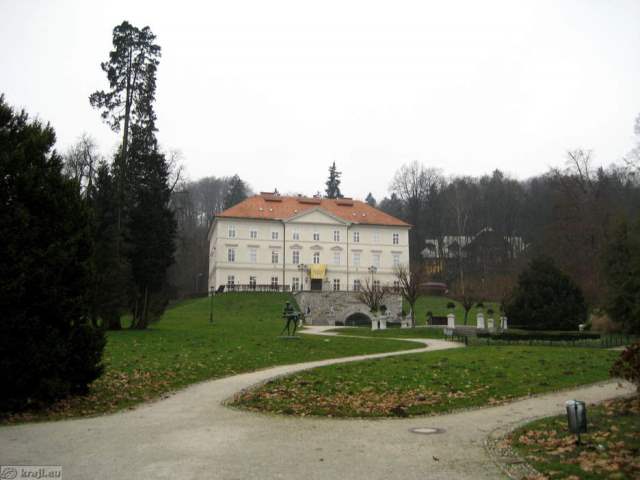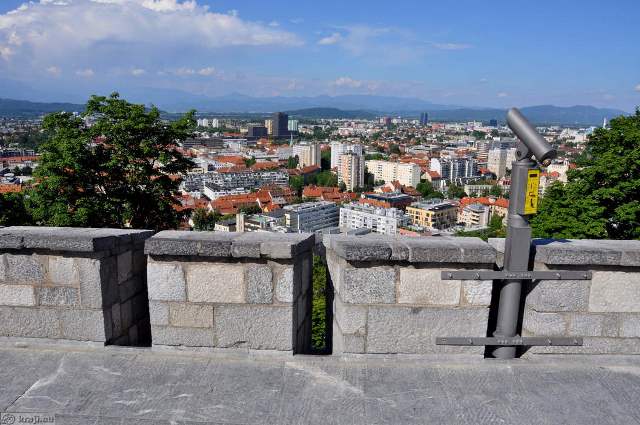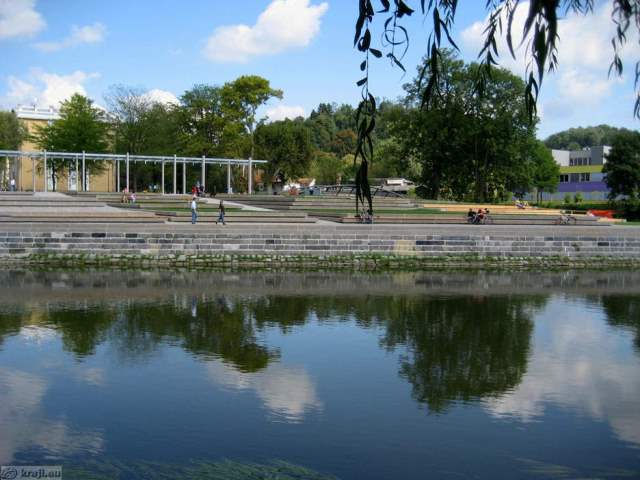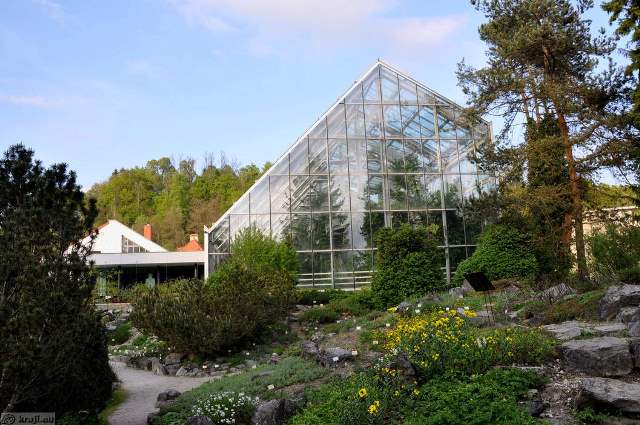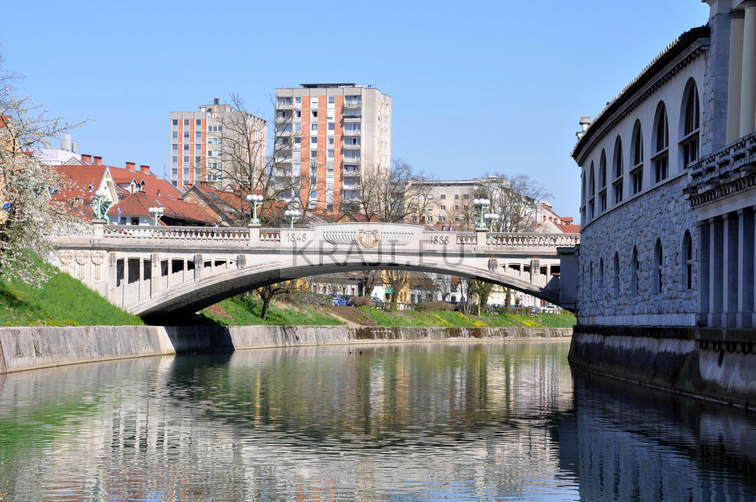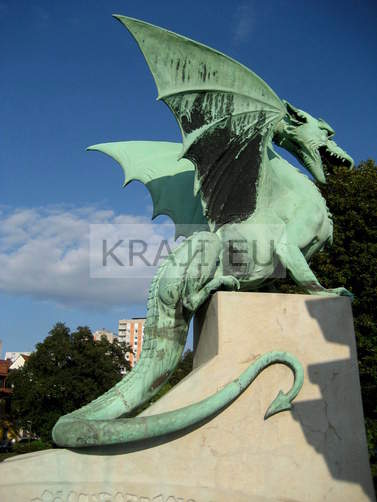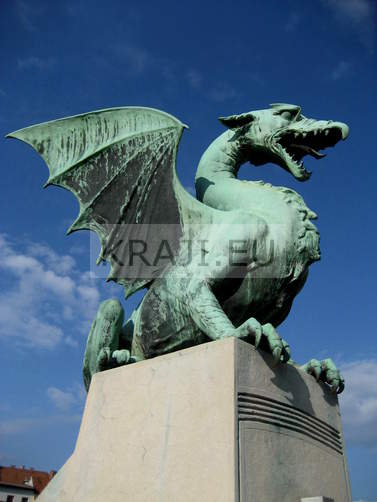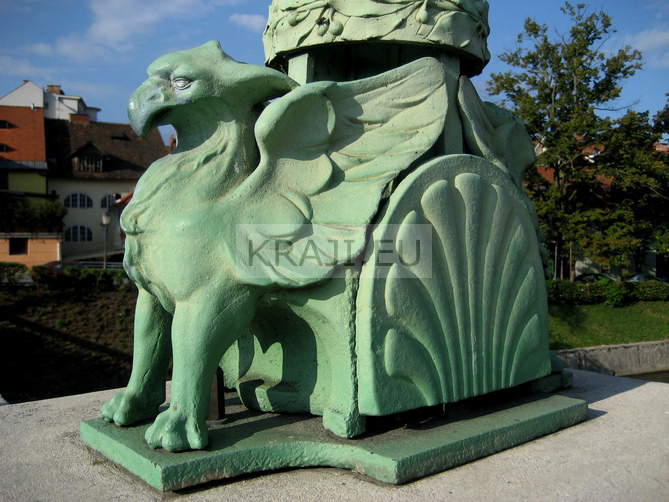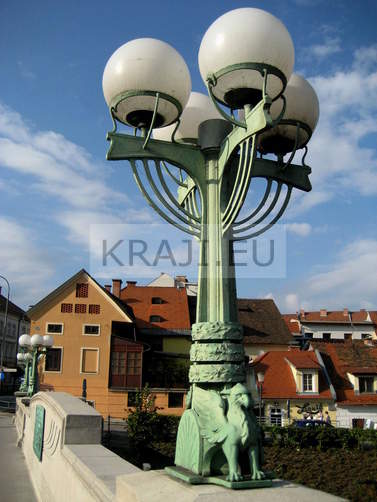The Tivoli Park
The Tivoli Park is Ljubljana’s most beautiful and largest park, stretching into the town centre. It was created by joining together the parks which had surrounded Cekin and Podturn Mansions. It was designed in 1813 by the Jean Blanchard, French engineer. The park, is crossed by three horse chestnut tree-lined walks, interesting trees and many fountains and statues.
Roznik Hill
Roznik is a small wooded hill accessible by several recreational trails and footpaths from Tivoli Park. It is a popular spot for local walkers. The hilltop is the site of a church of the Visitation, redesigned by the architect Zulliani in the 18th century. A little down the hill from the church, the Pri Matiji inn is located, where they offer delicious food and drinks.
Castle Hill
The hill rising above the historical town centre of Ljubljana, is criss-crossed by walking paths and covered with woods. The top of the hill is accessible by footpaths leading from all town directions. It takes about 20 minutes to reach the top. At the top of the Ljubljana Castle hill there are lookout points offering amazing views across the townscape and the Kamnik Alps.
Park Spica
Park Spica is a renovated Ljubljanica river embankment landscaped as a park. In the past, Spica was a town beach. It is located only ten minutes walk from the historical town centre of Ljubljana. Because of its large area paved with wood and green surroundings, it attracts many visitors and residents wanting to relax in the sun.
Ljubljana Botanical Garden
The Ljubljana Botanical Garden was established in 1810. It is Slovenia’s oldest scientific, cultural and educational institution operating uninterruptedly since its foundation. The Garden has more than 4500 species and subspecies. The Garden’s big tropical glasshouse offers you an opportunitiy to view plants typical of tropical forests.
Ljubljana Tivoli Park
Ljubljana Castle View Point
Ljubljana Park Spica
Ljubljana Botanical Garden

